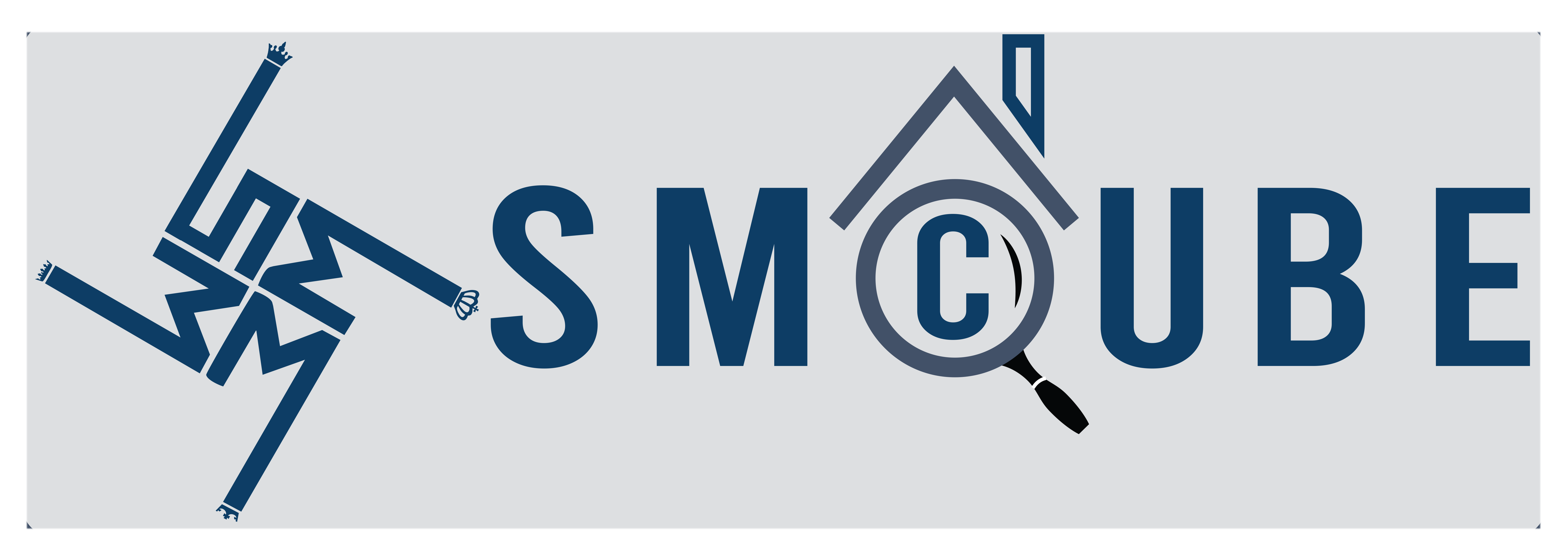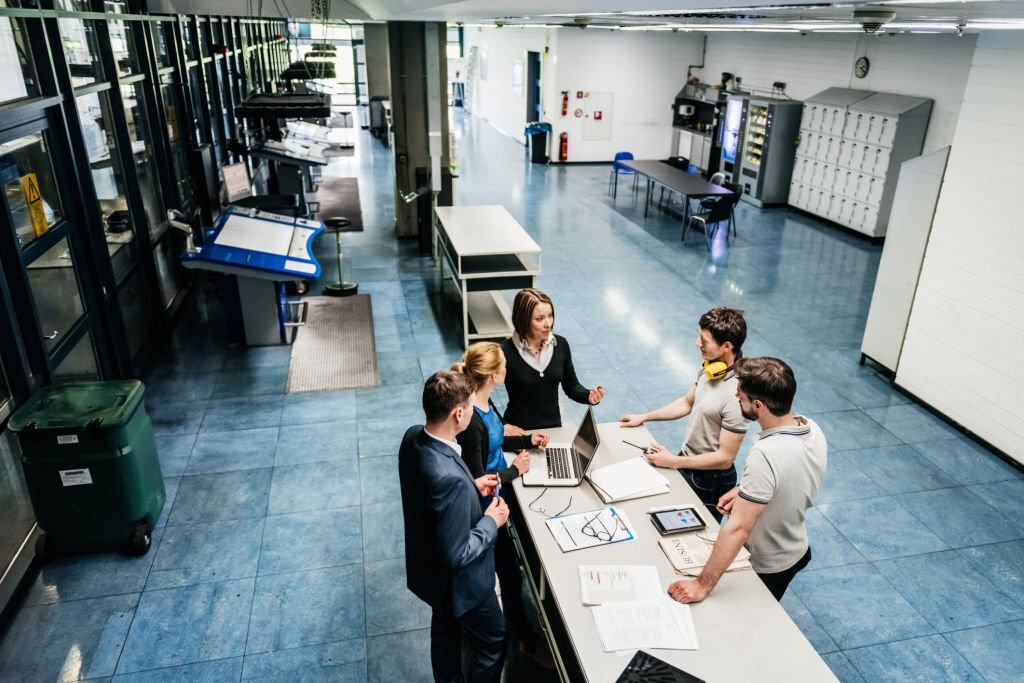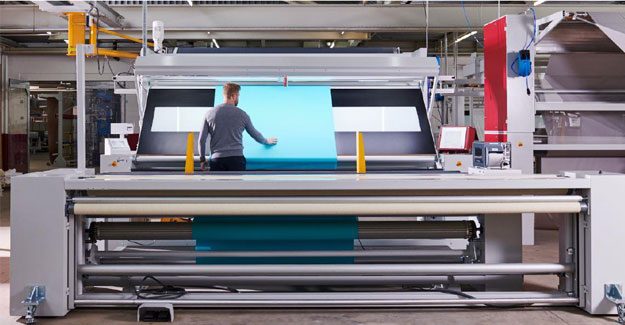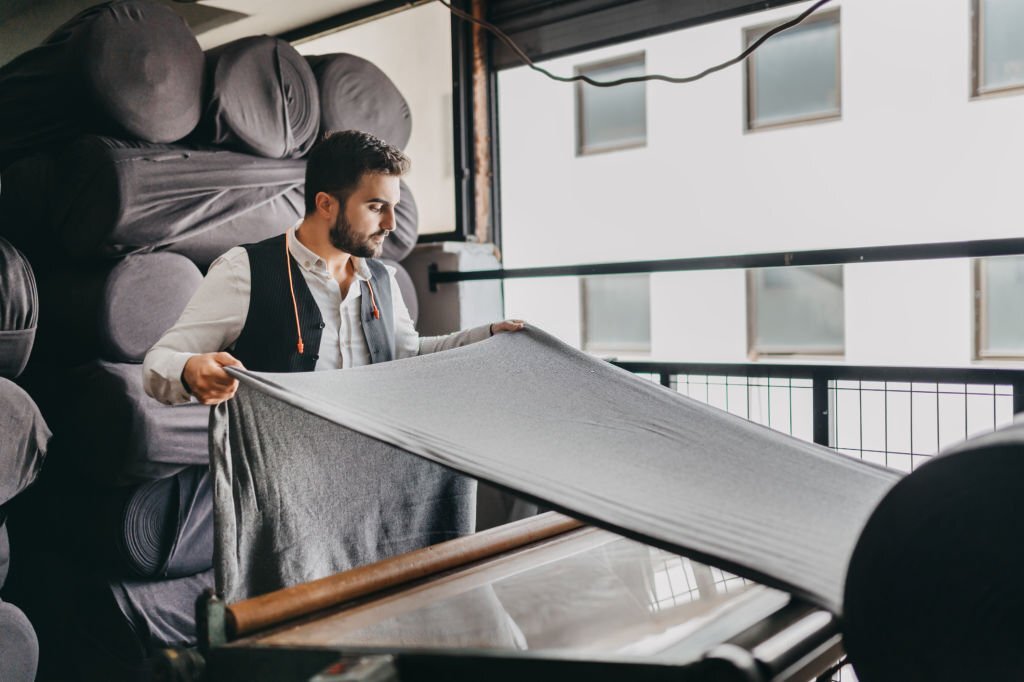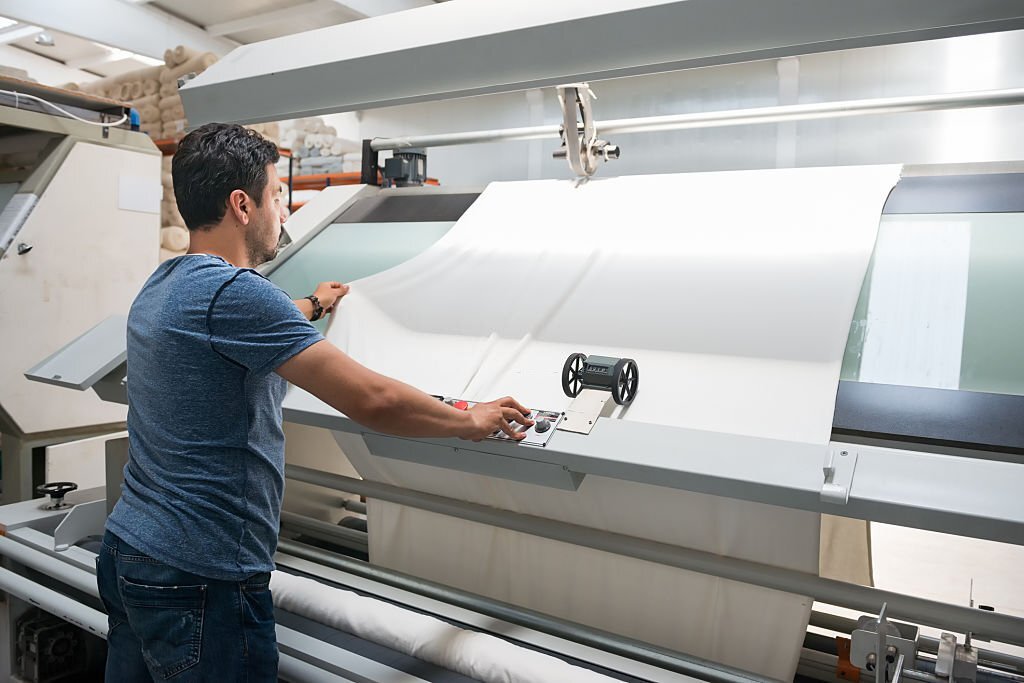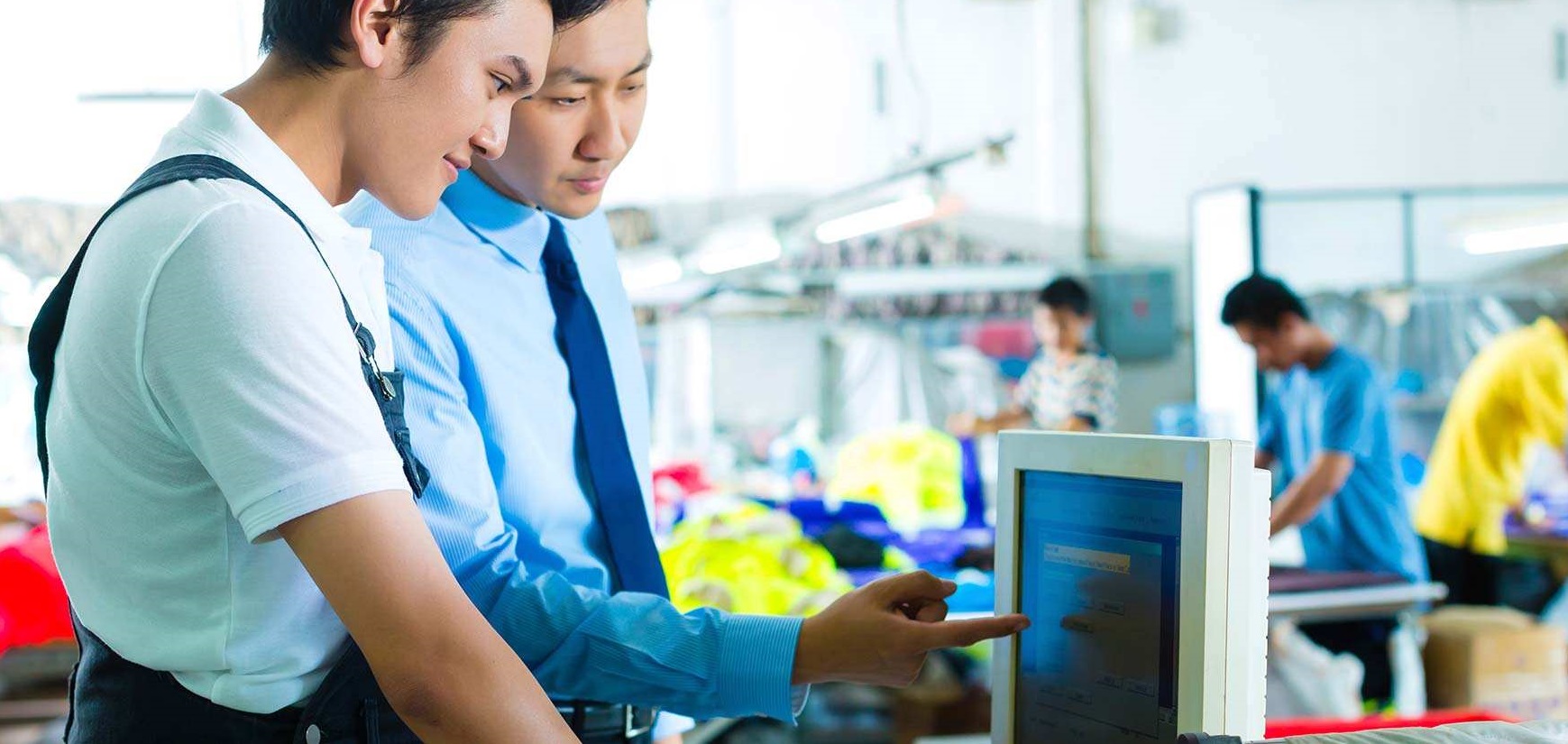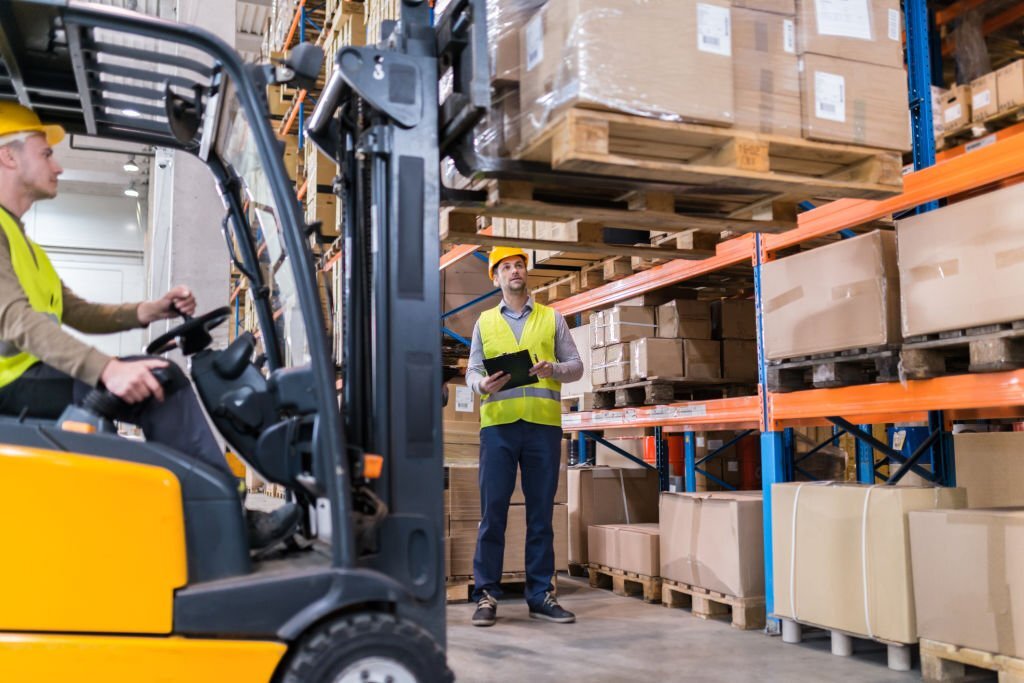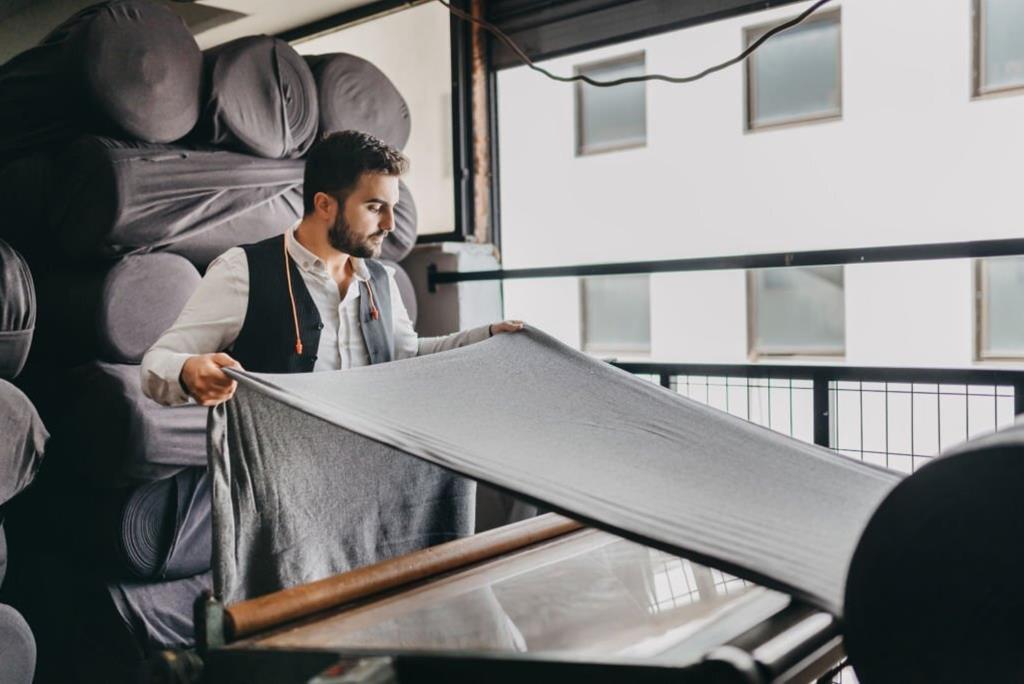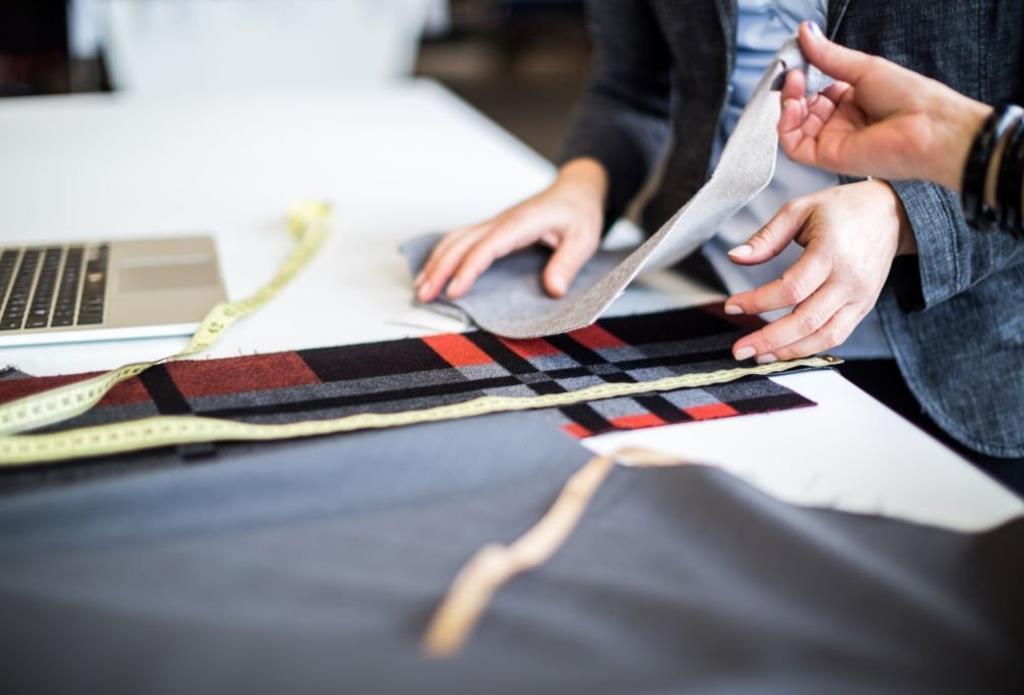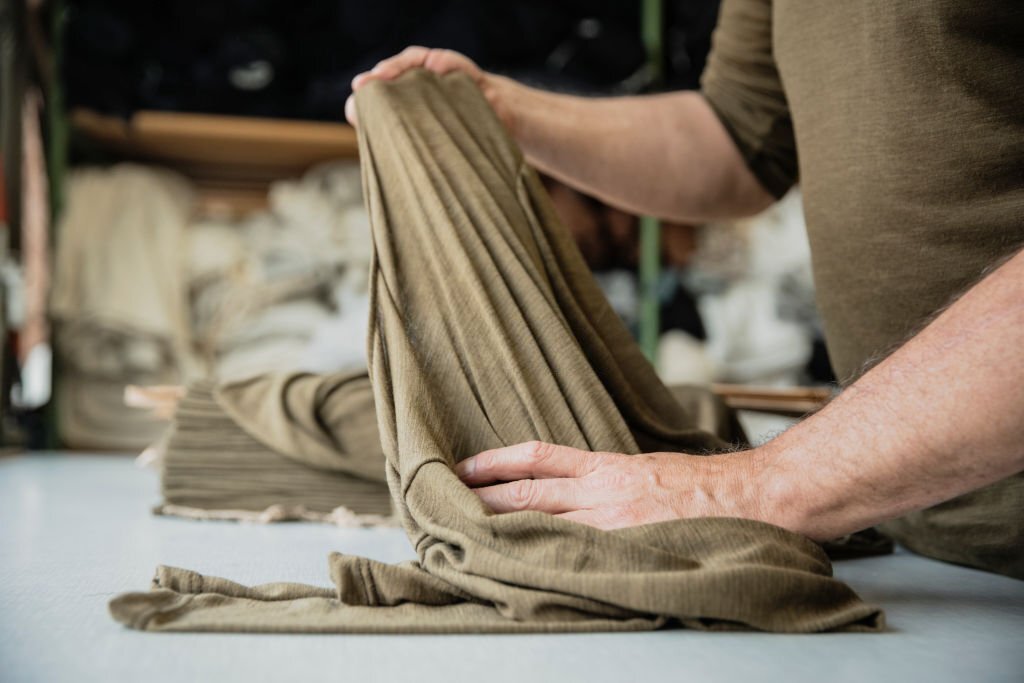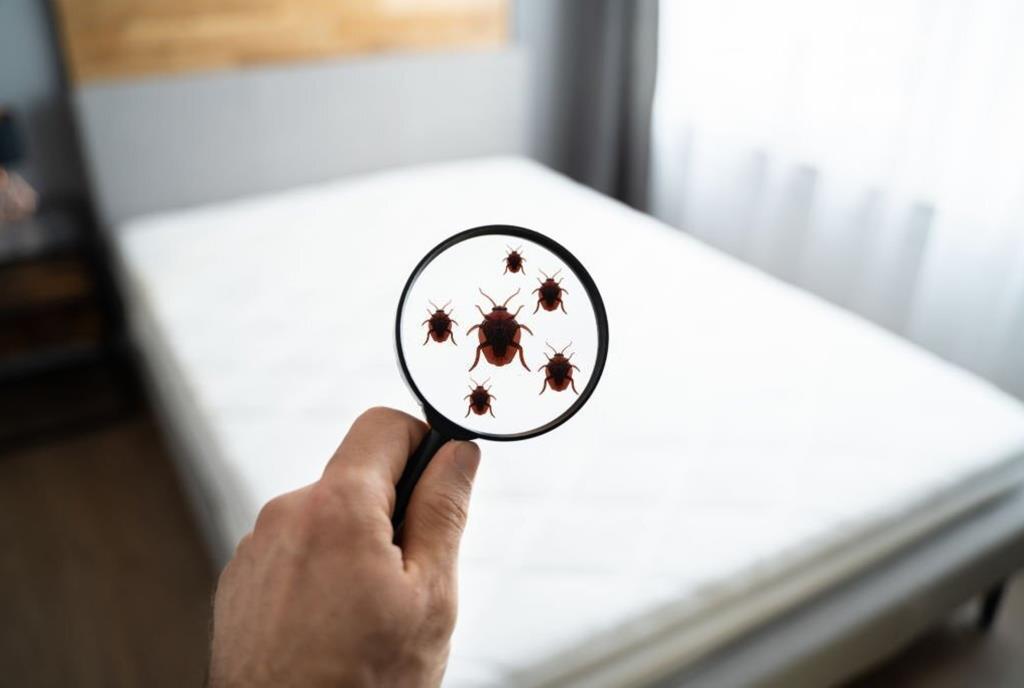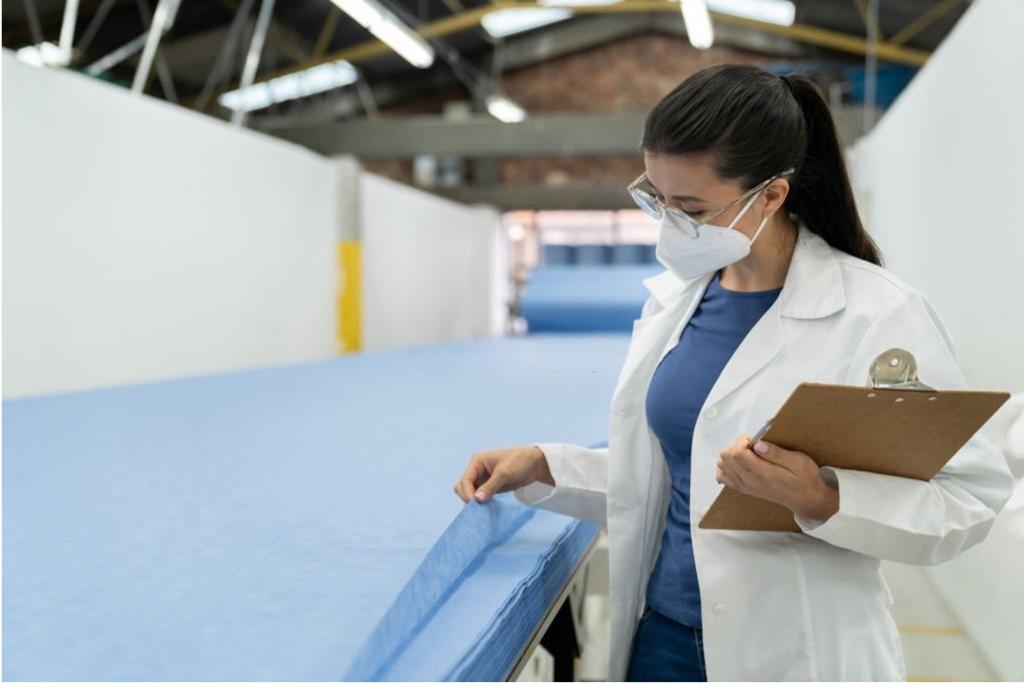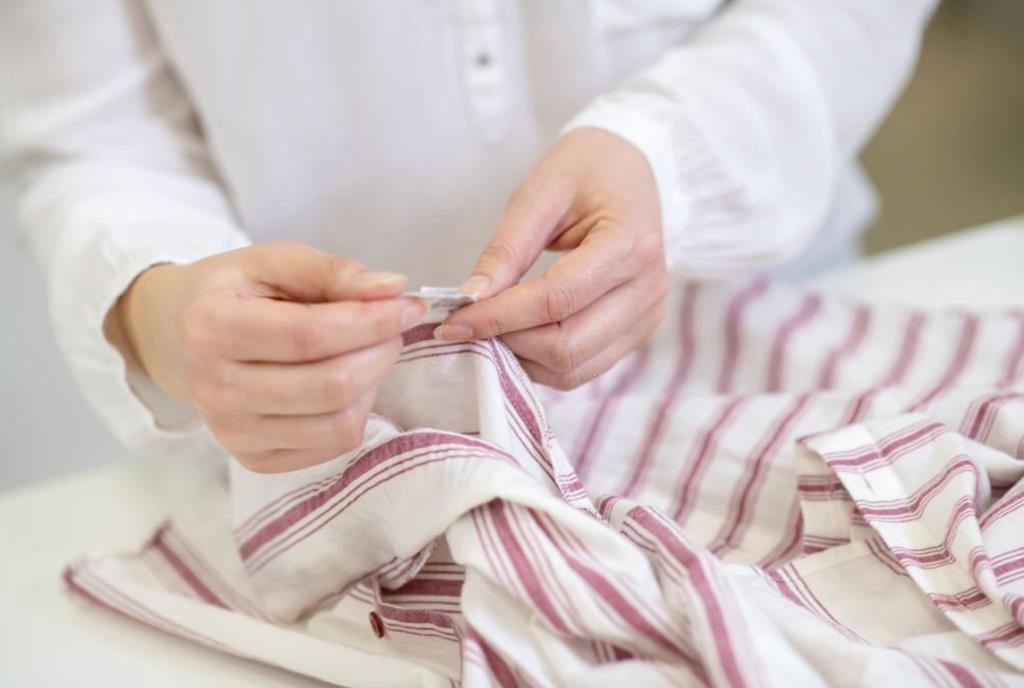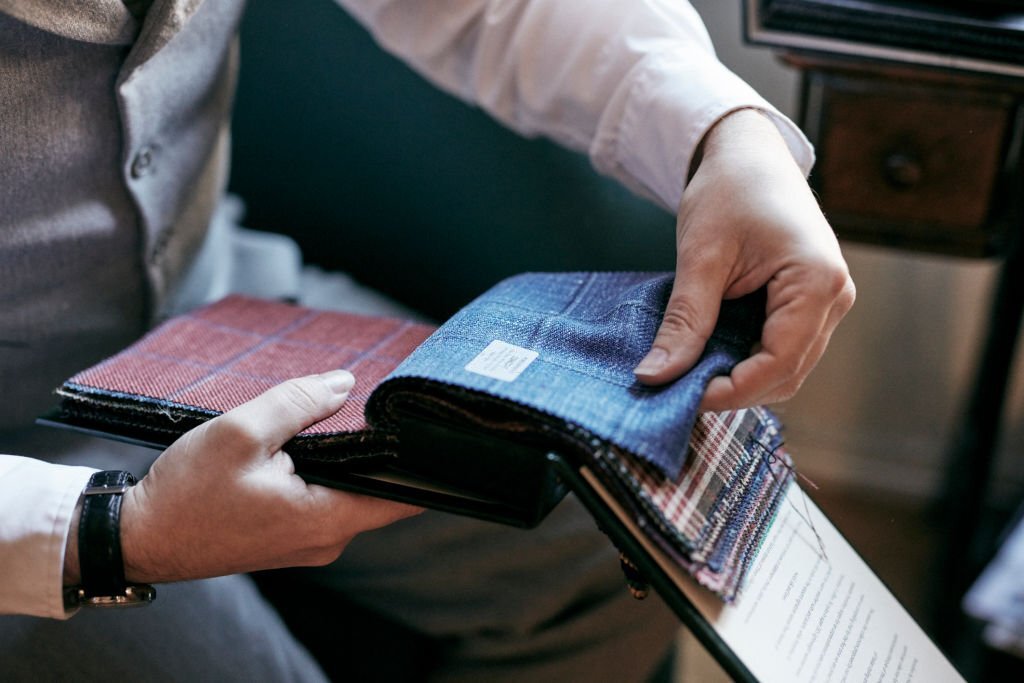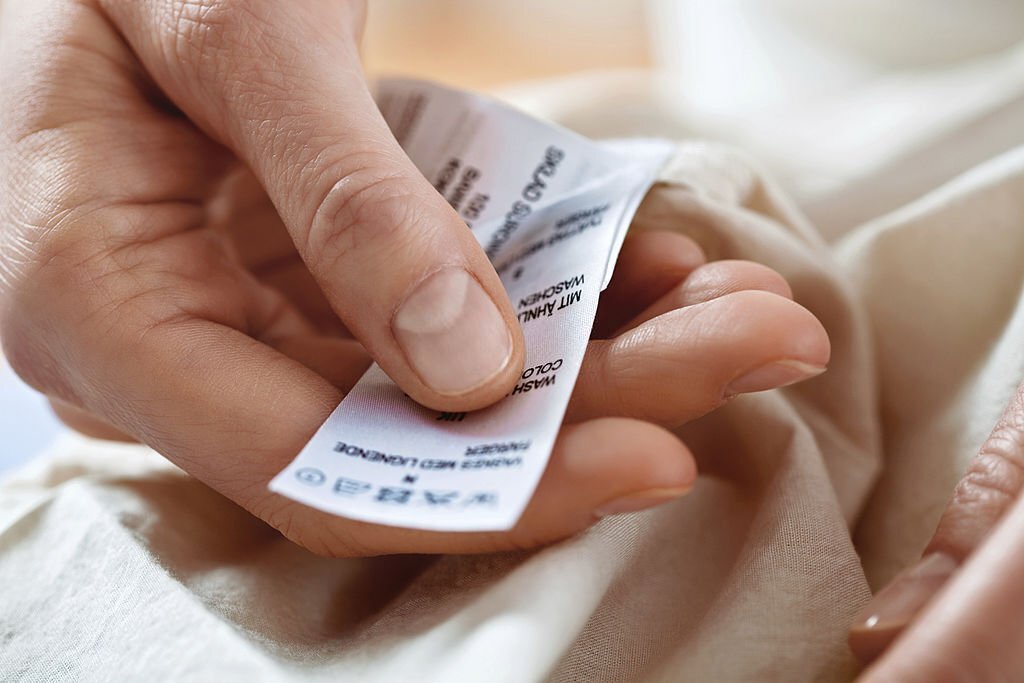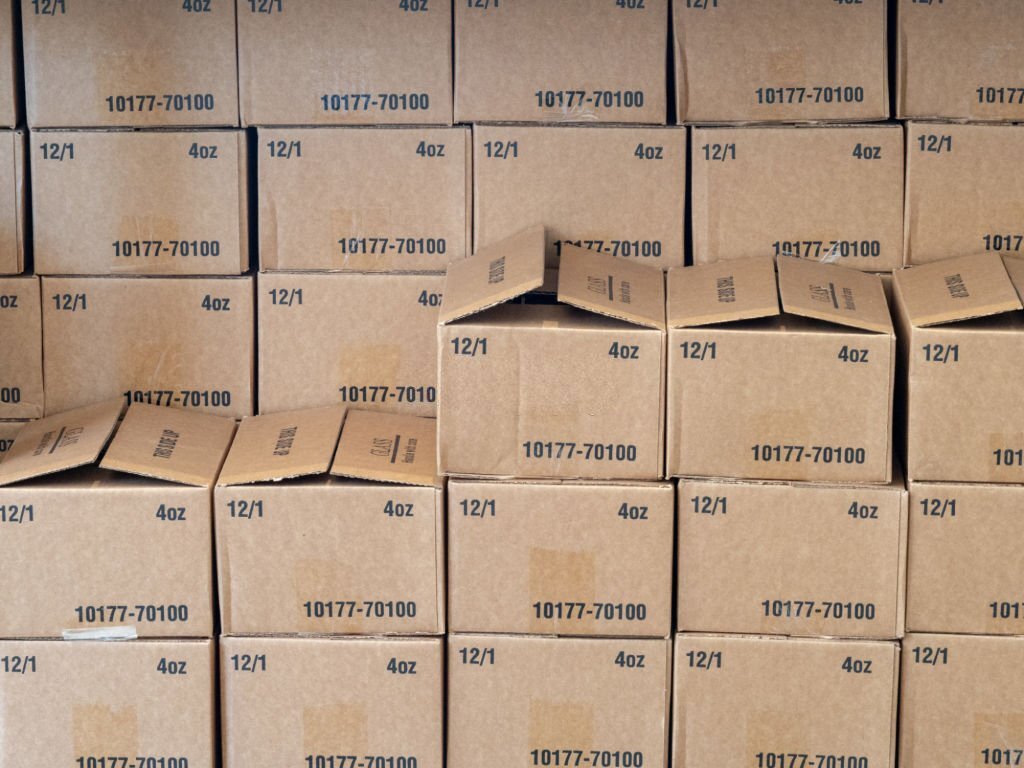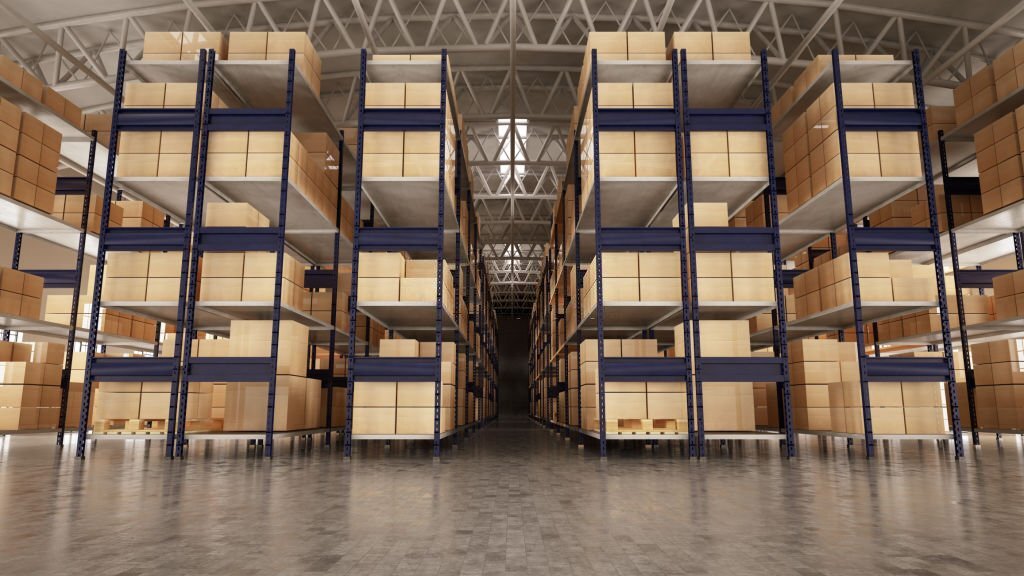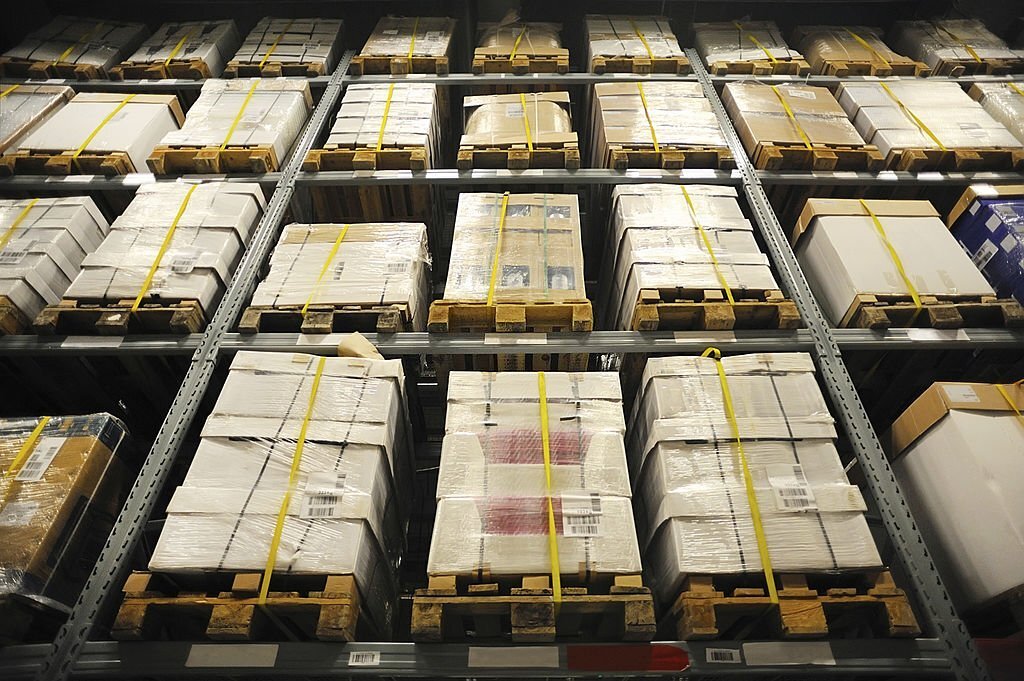Also known as a final random inspection, a PSI inspection makes sure that the supplier has manufactured your products to your specifications and packed them as required by your purchase contract. This will be conducted based on a random sample of products taken from the shipment, and as such, it’ll only be performed once the manufacturing run is complete and at least 80% of the order has been packed.
Read More
PROCESS :
1. Verifying the safety and function of manufactured products.
2. Verifying the quality of products and organizing any price adjustments.
3. Verifying the order has been produced to the standards set out in the purchase contract.
4. Inspecting the product packing, labeling, and shipping marks.
The biggest strength of organizing a PSI inspection is that because products are taken as a random sample from the order, you get an accurate view of the order without needing to inspect every product. Also, safety and functionality tests conducted as part of a PSI inspection will help to identify faulty products, which you can then refuse to pay for.
Read Less
